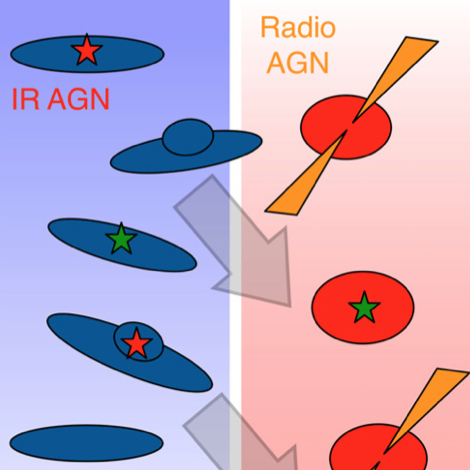Chandra and JWST UNCOVER the most distant X-ray luminous Black Hole in the Universe
Bogdan, Goulding et al. (2023) Nat. Astro; Goulding et al. (2023) ApJL in press
Observations of distant quasars reveal that massive black holes (BHs) were in place less than 700 Million years after the Big Bang. However, the origin of the first black holes remains a mystery. Using the combined power of the James Webb Space Telescope and the Chandra X-ray observatory, we have now unambiguously discovered the most distant black hole in the Universe at z=10.1. We are now witnessing the growth of the very first black holes and finding that these massive black holes reside in low-mass galaxies when the universe was only 400Myrs old. In turn, we can now show that at least some of the first black holes originated from heavy seeds that are far more massive compared to the black holes and galaxies seen in the present day.
Read all about this exciting discovery in Bogdan, Goulding et al. (2023) and Goulding et al. (2023)
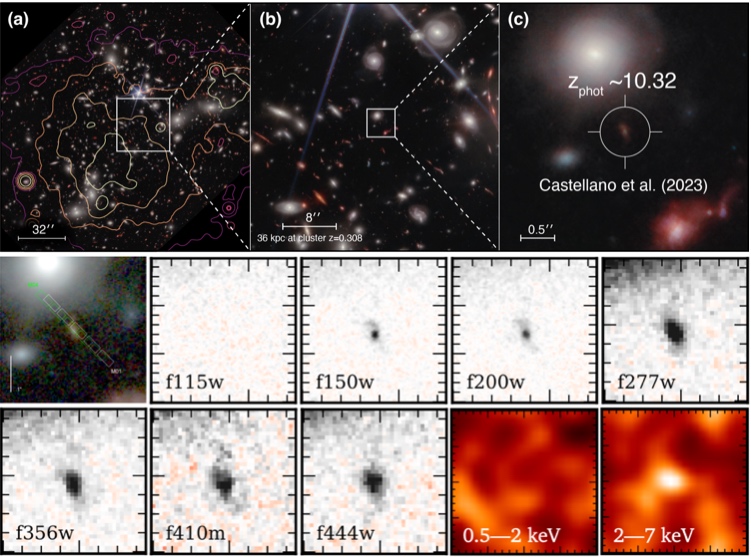
The UNCOVER Survey
This and other amazing discoveries are being made thanks to the Ultradeep Nirspec and Nircam ObserVations before the Epoch of Reionization (UNCOVER) survey that has been performed with the James Webb Space Telescope (JWST). UNCOVER is a JWST Cycle 1 public Treasury survey that will obtain deep NIRCam multiband imaging and ultradeep low-resolution NIRSpec-PRISM spectroscopy of the Frontier Field Abell 2744. Thanks to the strong lensing boost and the deep observations, UNCOVER will be uniquely positioned to address two core JWST science goals: identifying first-light galaxies redshifts greater than 10, and characterizing the ultra-low luminosity galaxies that drive reionization. Other science enabled by UNCOVER include stellar mass complete studies to z=10; probing the role of dust at high redshift; and the various pathways of quenching star formation out to early times.
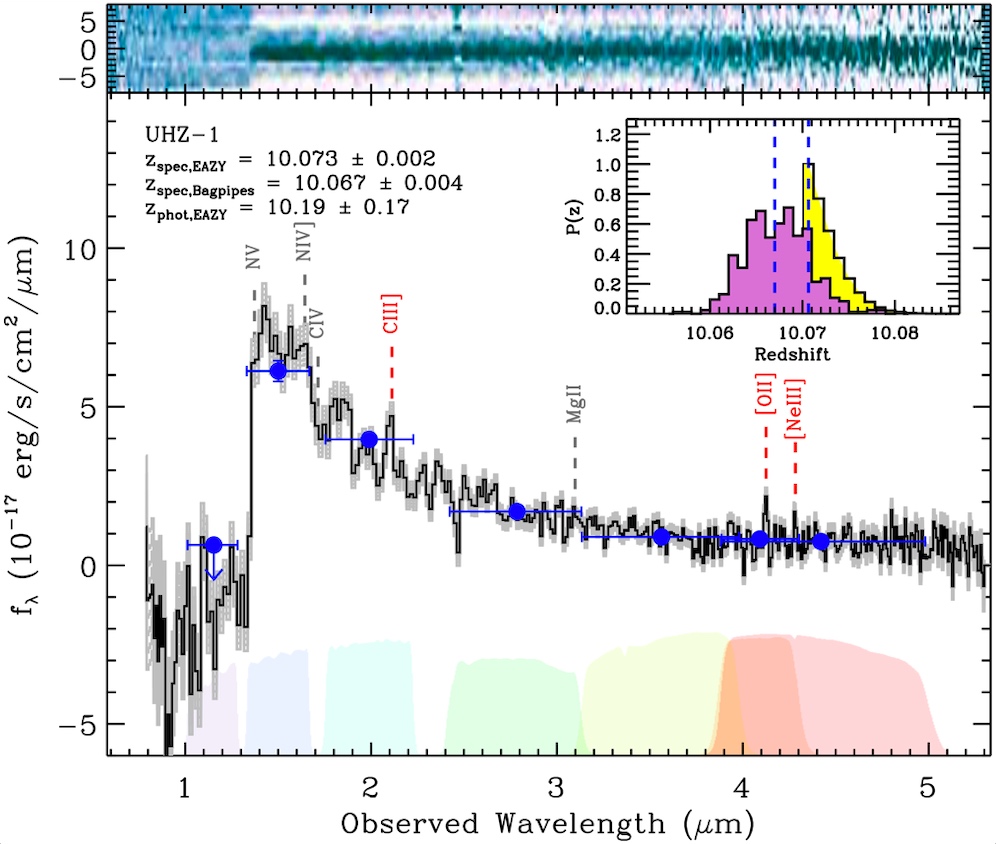
Census of AGN Activity I:
Optically-elusive AGN
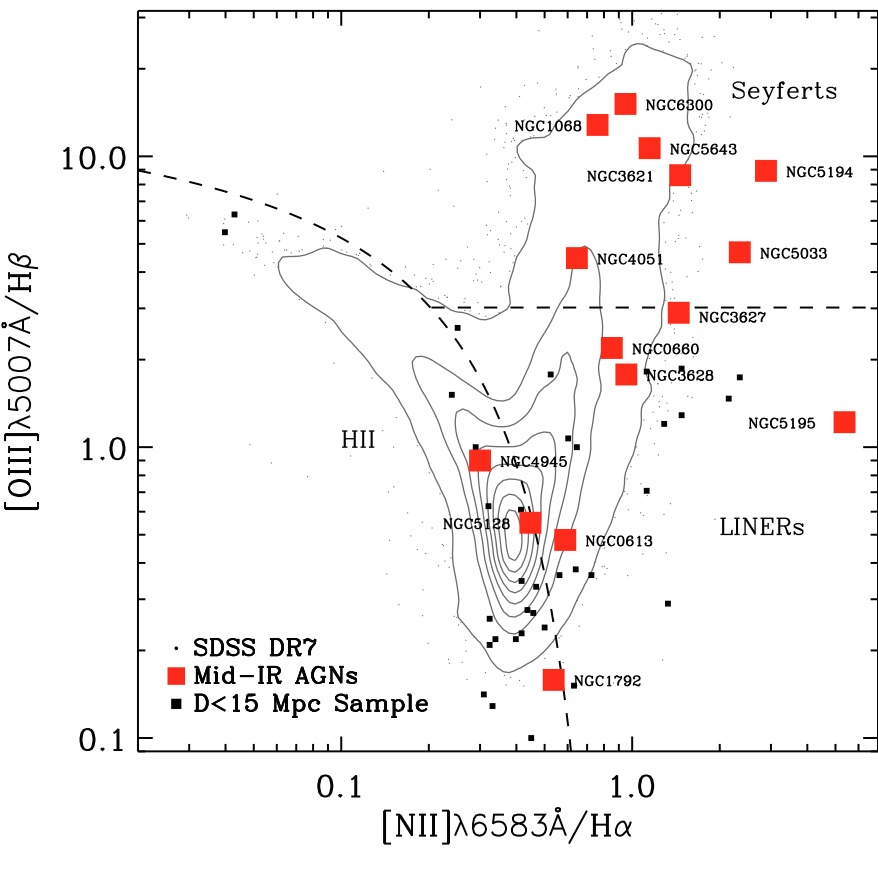
Census of AGN Activity II:
Growth of nearby Black Holes
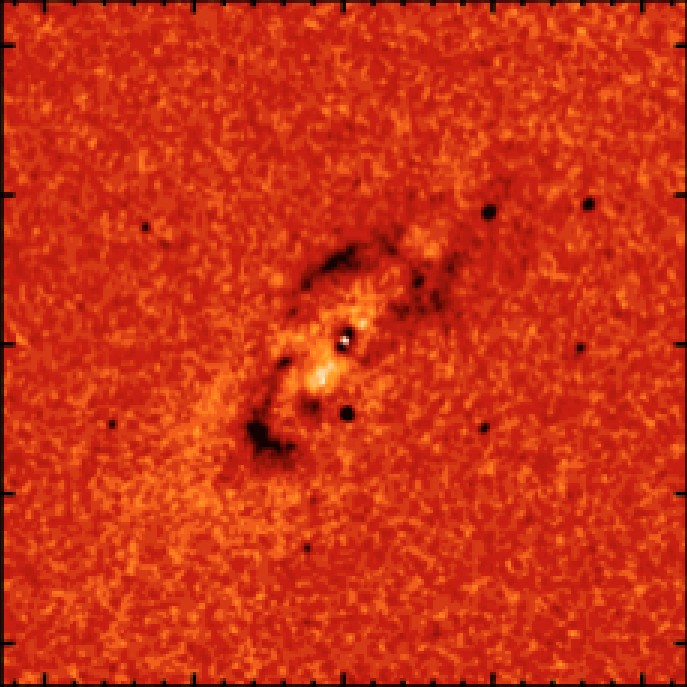
Mid-IR Compton-thick AGN:
AGN space density at z=0.1
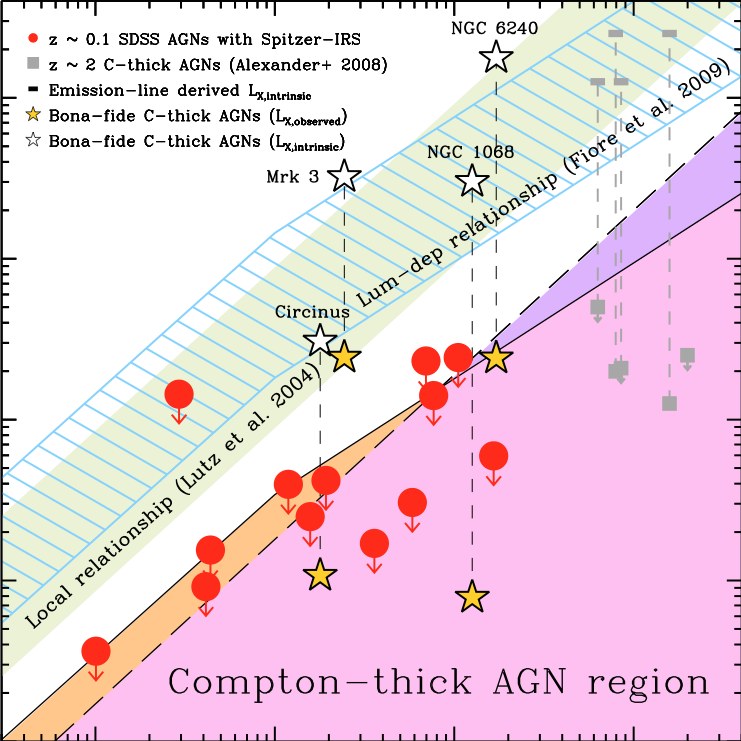
X-DEEP2:
X-ray sources in the DEEP2 fields
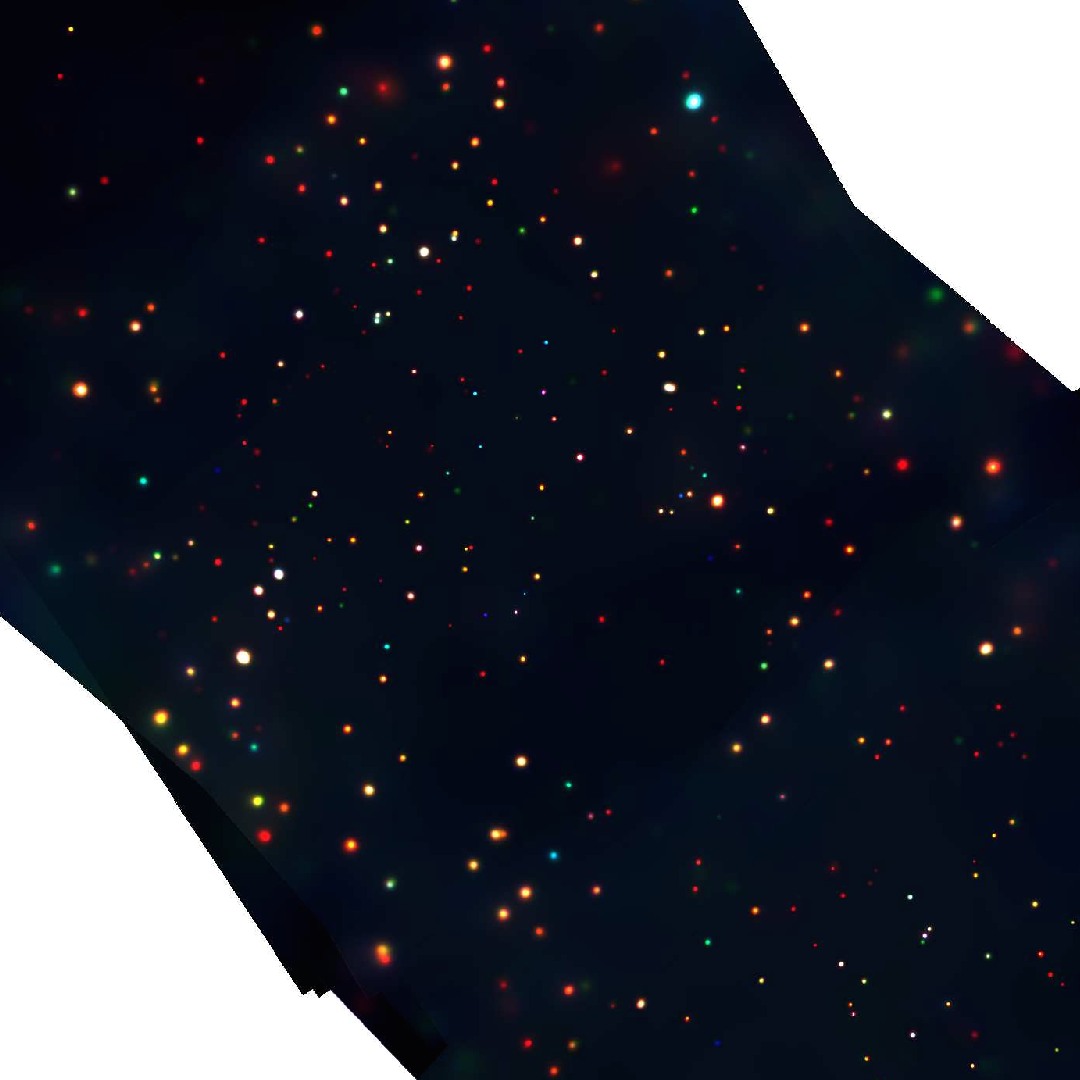
Si-absorption in CTAGN:
Host galaxy extinction
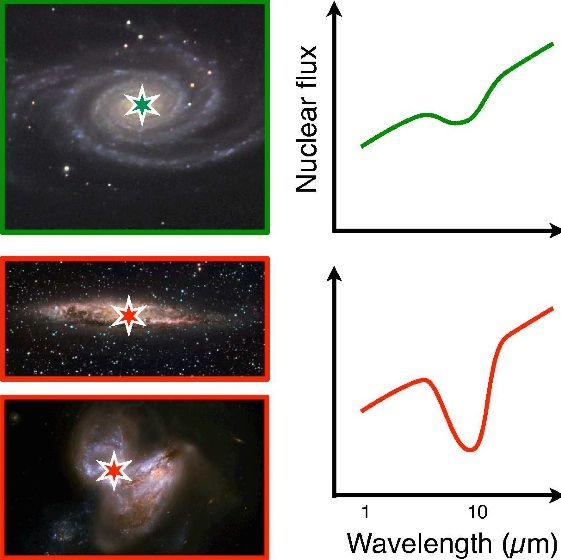
AGN-Galaxy Connection:
Evolution of AGN host galaxies
